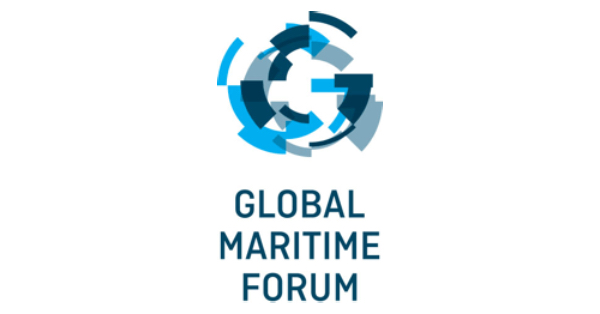Representatives from leading maritime and energy organizations convened in Sydney in October with the aim of accelerating the development of a green corridor for transportation of iron ore between Australia and East Asia (the Australia-East Asia Iron Ore Green Corridor) and identifying key actions to fuel the clean shipping of iron ore by matching emerging clean ammonia¹ supply with industry demand.
In June 2022, 13 members of the Getting to Zero Coalition and leading Australian shipping and energy stakeholders formed a taskforce, convened and chaired by the Global Maritime Forum, to support the development of the Australia-East Asia Iron Ore Green Corridor. Maritime green corridors are routes on which the development and deployment of net-zero-emission shipping solutions [such as clean ammonia as a shipping fuel] are enabled by private and public actions.
As a part of the taskforce’s objective to accelerate the development of the Australia-East Asia Iron Ore Green Corridor the group came together for an in-person roundtable in Sydney to launch a dialogue between future fuel suppliers, ship owners, cargo owners and investors, and identify and agree upon industry action areas that should be prioritized to match clean ammonia supply with demand.
Hosted in association with Maritime Industry Australia Ltd (MIAL)’s Maritime Decarbonisation Summit, the roundtable also welcomed local stakeholders from clean energy finance, research, and consultancy sectors.
The roundtable participants included resource companies (BHP and Rio Tinto), shipping companies (Cargill, NYK Line, Oldendorff Carriers and Star Bulk), future fuel suppliers (Fortescue Future Industries, InterContinental Energy, Woodside Energy and Yara Clean Ammonia), as well as other important stakeholders (AMOG Consulting, Bureau Veritas, ClassNK, the Clean Energy Finance Corporation, Maritime Industry Australia Ltd, Scaling Green Hydrogen Cooperative Research Centre Bid, and Pilbara Ports Authority).
Several industry action areas were highlighted by Roundtable participants as key for matching clean ammonia supply with demand, including evaluating and quantifying fuel demand and supply, ensuring the safe handling of ammonia, and coordinating investments across the value chain. The participants also discussed challenges to the industry actions, including issues like cross-sector competition for clean fuels, the need for government support and public acceptance of ammonia as a fuel.
As a pathway towards establishing the Australia-East Asia Iron Ore Green Corridor, immediate next steps include the finalization of the ongoing assessment of clean ammonia fuel demand and supply. This will include assessing the success factors for the Corridor’s development – including fuel production, bunkering, potential commercial structures, and high-level regulatory and certification requirements – and their associated timeframes. The assessment, scheduled for publishing in early 2023, will be undertaken by a consortium led by the Global Maritime Forum in collaboration with BHP, Rio Tinto, Oldendorff Carriers, and Star Bulk.
In the longer term, strategic engagement with public and private sector actors in East Asia, including China, Japan and South Korea, will be critical as the counterpart to the work being undertaken by industry participants in Australia.
Global Maritime Forum’s Senior Program Lead on Decarbonization, and chair of the Roundtable, Marieke Beckmann, highlighted the need for public private dialogue to accelerate the Corridor’s development:
“There is significant and concrete interest in establishing the Australia-East Asia Iron Ore Green Corridor from industry. Coordination between the maritime and energy sectors is critical in order to overcome challenges and scale impact. Industry alignment is also important to enable strategic collaboration with the public sector, which could be the main difference-makers going to support first movers in bridging the cost gap for zero-emission fuels.” – Marieke said.
Following the Roundtable discussions, the participating stakeholders developed a joint statement, setting the priorities for industry action to accelerate the development of the Australia-East Asia Iron Ore Green Corridor. The statement can be read in full here.









































